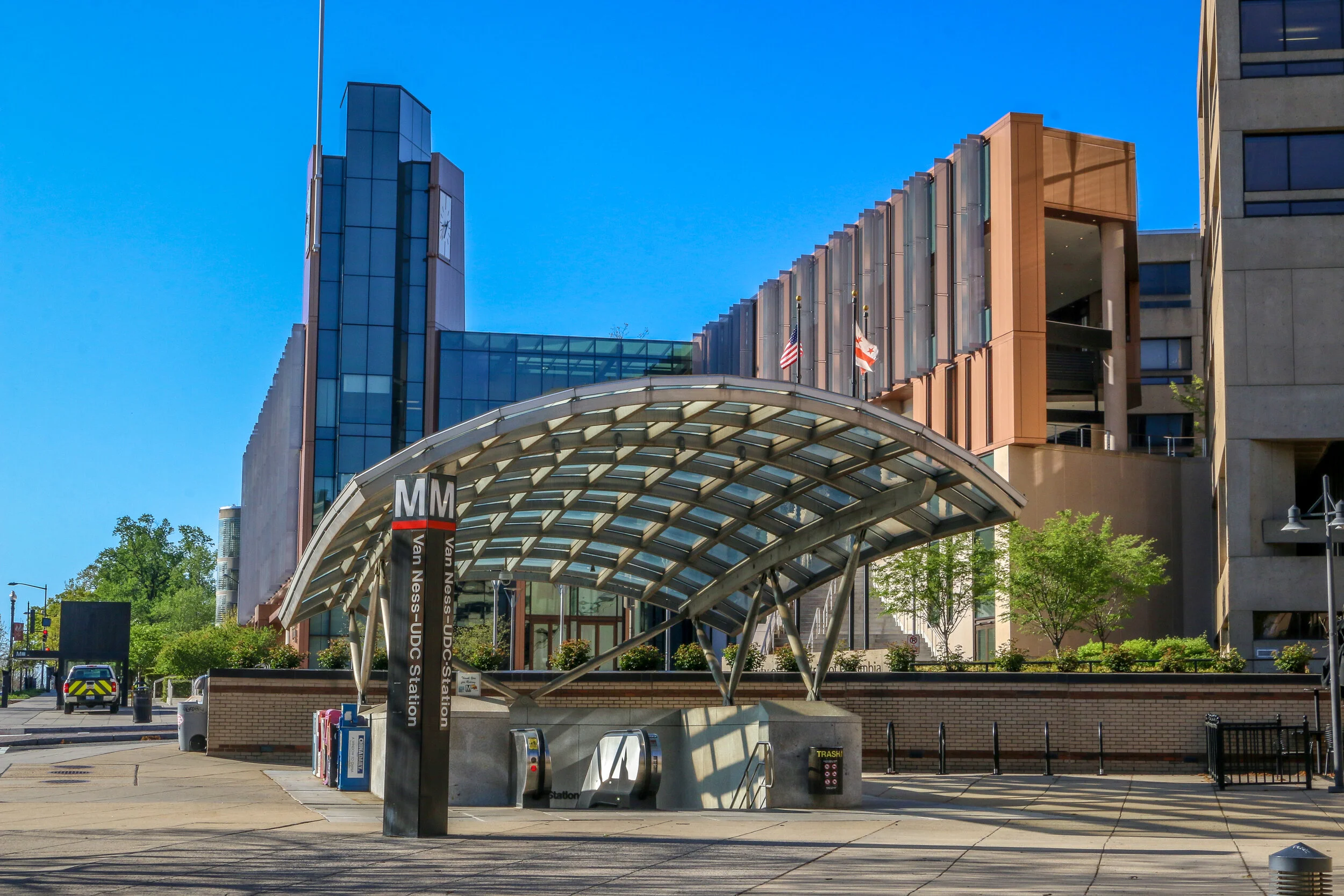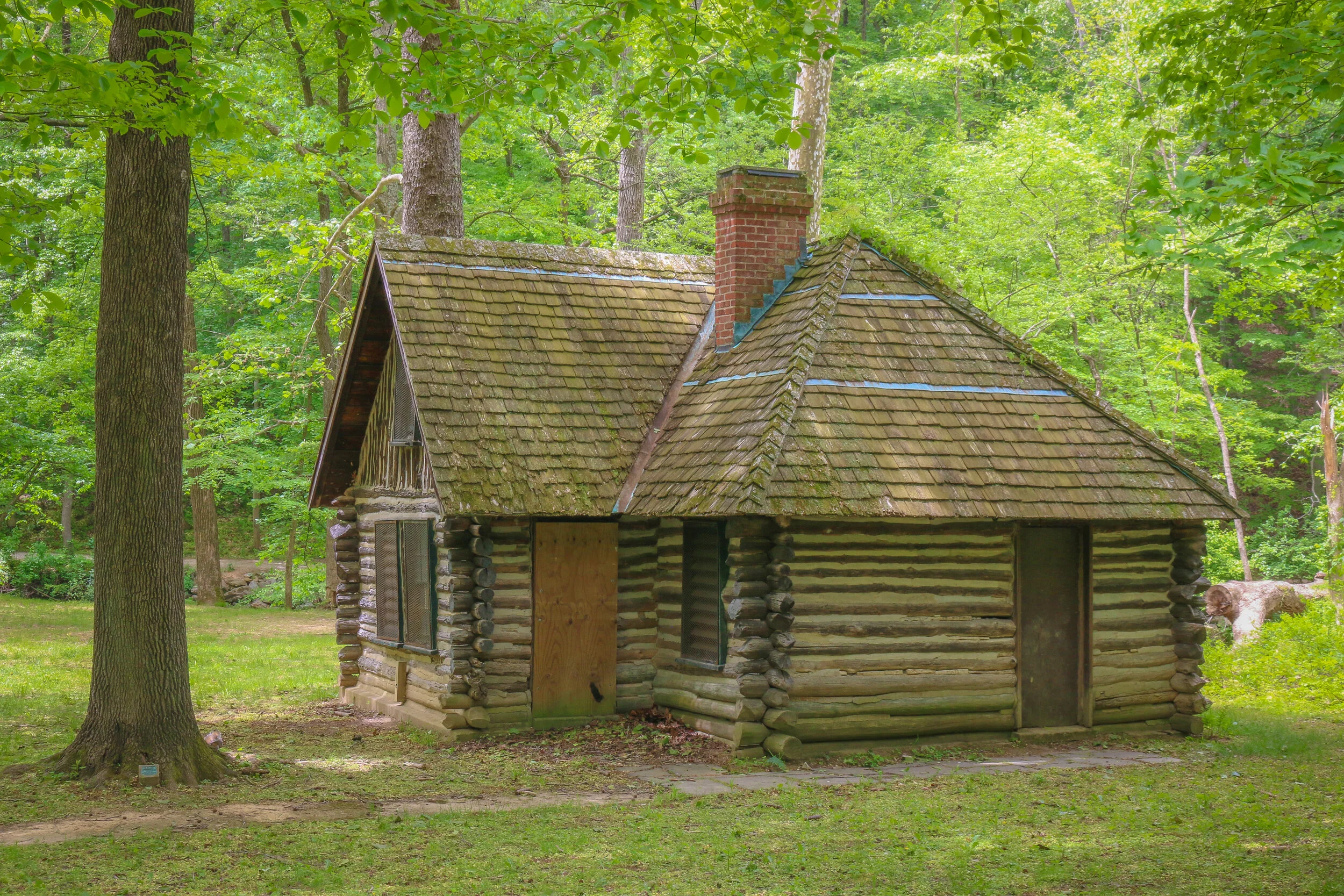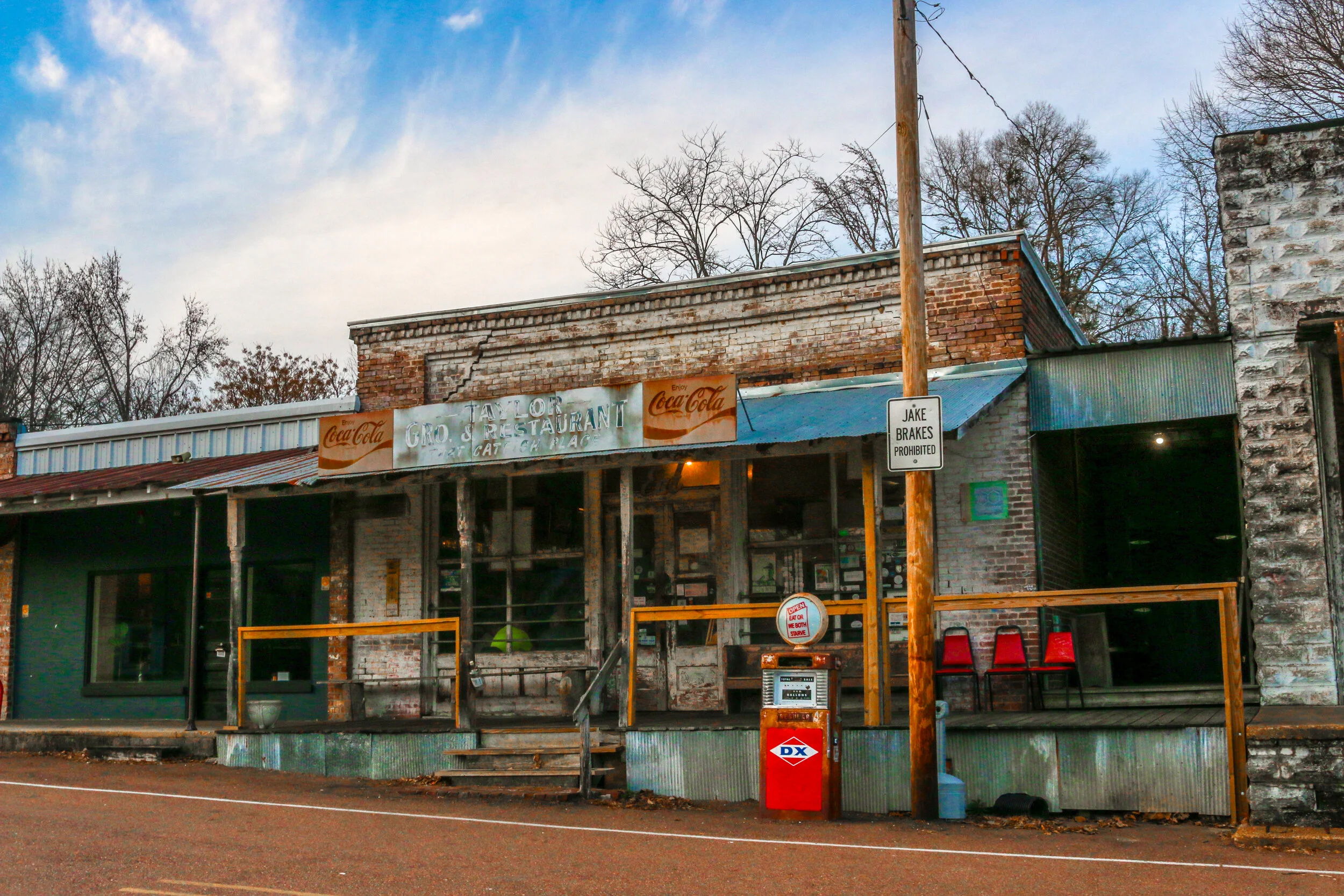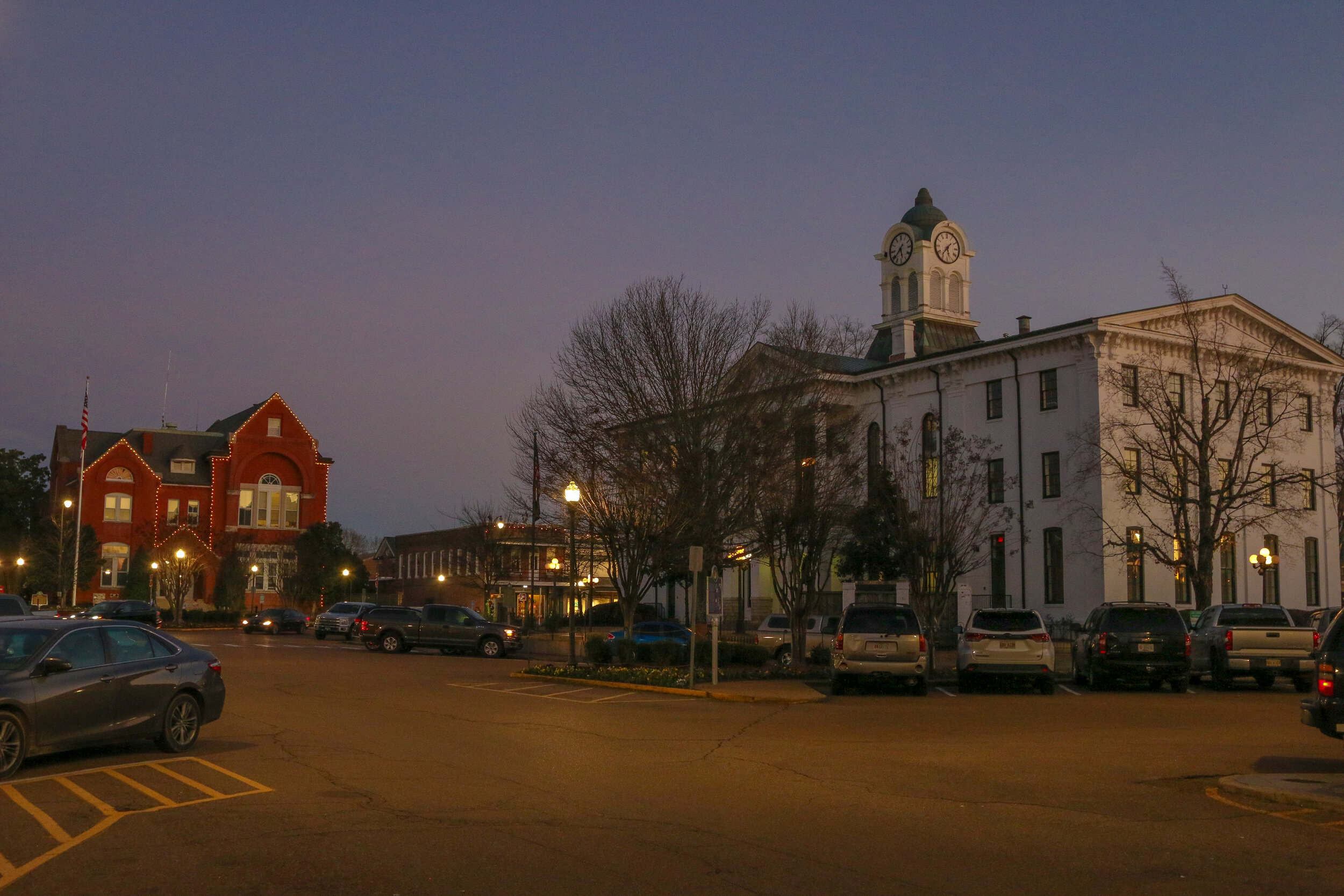Hello everyone! 10 weeks later and I’m still here in Washington and with no end in sight I’m trying to make the most of it. It’s been another tough week across the country, and here in our Nation’s Capital, and I don’t want to downplay the significance of what’s going on so that’s where I’ll start this week. The murder of George Floyd in Minneapolis saddens me greatly. If you are a regular listener of my podcast, you know that I don’t shy away from talking about racism in America and some of the horrible incidents which have occurred in our country’s history. Racism and violence towards minorities is not something which ended with the Civil War or the Civil Rights Act and it’s something which is an everyday reality for many of our fellow Americans. I try and keep politics and controversy to a minimum in this space, but there should be no controversy in this. A man was killed for no good reason and when that happens the person who did the killing needs to face the harshest of consequences. In this case, all the good cops should be leading the charge as what happened was a disgrace to the badges they wear.
Beyond that, I don’t know the answers. I wish I did. It’s been hard to watch the vandalism going on in my city and in my neighborhood. I wish that it hadn’t come to that, but I’ve been watching backlash for years over peaceful protests and sadly this seems to be what it takes to peoples’ attention. I’m trying to keep my ears open right now and really listen to what my black friends are saying. Their reality is different from mine and I acknowledge that and I am listening. I think the thing which affected me most was a tweet by Seth Green which said “Black people are literally saying ‘stop killing us’ and there are people saying ‘but…”. A change has got to come. What’s past is past, but there is still hope for the future.
With all of this weighing heavily on my mind, I’ve been trying to stay productive this week. I’ve been getting some photos edited and published and some writing done as well. I’m also making some headway on one of the books I’m writing, although it will undoubtedly take longer than I anticipated.
I hope you enjoy this post with photos and history from Forest Hills, a beautiful neighborhood in Northwest Washington D.C.
Resting quietly between Cleveland Park and Chevy Chase and bordered by Rock Creek Park to the east is the quaint neighborhood of Forest Hills. Those of us who grew up in the era of the Metro are probably more likely to think about this neighborhood as Van Ness/UDC. The station takes its name from Van Ness Street, the main cross street in the neighborhood, and the University of the District of Columbia. Since the northern border of the neighborhood is considered to be Nebraska Avenue, I grew up right across the street from Forest Hills.
Once home to a Native American soapstone quarry, Forest Hills has quite an interesting history. In 1763, long before the creation of Washington D.C., Col. Samuel Beale was granted a tract of land by Lord Baltimore and named the area Azadia. Much of this tract would later be purchased by Isaac Pierce who would build his namesake mill along Rock Creek. In 1814, Revolutionary War veteran and retired land surveyor John Adlum bought a 200 acre tract of land in the area to start a vineyard. He named his estate Springland Farm and went on to become one of the first commercial producers of wine in the country (Adlum is buried at Oak Hill Cemetery in Georgetown). During the Civil War, Forest Hills was the site of Fort Kearny – one of the ring of forts protecting the Capital City…
Hello everyone, well we’ve made it through another week. I hope it’s been a good one wherever you’re reading this from today. Mine has been really good – probably the best I’ve had since returning home to D.C. now 2 months ago. After a positive start to being sheltered in place and having some free time to catch up on some work and try some fun stay-at-home hobbies, I really hit a downward spiral there for a while as claustrophobia and cabin fever kicked in. With the extended and indefinite closure of my industry (travel and tourism), I found myself staring out at an uncertain and challenging future. I usually keep my anxiety levels in check by being in control of certain aspects of the situation and then allowing the rest to unfold as it will. Under these circumstances, my environment is more controlled than usual, but there are thousands of moving pieces around the world that I have no control over, but which will help shape my near and distant future. I find that to be incredibly frustrating, and with limitations on how I normally deal with my frustration as the gym is closed, travel is limited and my camera is gathering dust.
I’m the kind of person who usually turns inward to sort things out, dealing with them in my own head with little or no outside influence. This week though, I’ve had a lot of outside influences help pull me up out of the mud. First I got some nice messages from some of y’all which is always appreciated. Believe me, I love to hear from you so don’t hesitate to comment or message me. Second, I met with a couple of different friend groups over Zoom which is always good. Third, I went to see some of my friends in person – masked and 10 feet apart, but it was still great to actually see people in the flesh. I hate the fact that I’m home and can’t see my friends or their kids, and this was a chance to at least pop around and say hello. And lastly, my mom came up with a plan to get us out of the house and provide some outlet for being stuck at home indefinitely.
Last Thursday, we went for a walk in Rock Creek Park, the large green space which surrounds its namesake creek through the middle of the city. We took a look at the earthworks that were once Fort DeRussy…
South Texas was the end of the road for me on this leg of my journey. I set out to make it across the country to the Pacific Ocean and back over the next 16 months or so, but the coronavirus put an end to all of that. When things started going from bad to worse further north, I made my way all the way south to South Padre Island and Port Isabel, stopping off at Palo Alto National Historical Park along the way. The battlefield was awesome to see and I had it almost entirely to myself. I learned a lot about the first battle of the Mexican-American War, and the two future presidents (Ulysses S. Grant and Zachary Taylor) who fought in it. The prickly pears were just starting to bloom, and the day was just on the verge of being too hot to be out in the sun. It was a beautiful and fascinating place. From there I headed to the coast and hunkered down for almost a week. While everything was pretty much shut down, I enjoyed the beach, sand art, peace and quiet and beautiful sunsets on the bay. When Shelter-In-Place orders came down for the beach communities, I knew it was time for me to head home, making this the end of the road for now. I was glad I saw it and had the chance to spend some time in this tiny, far out corner of America.
Like many towns in America with Spanish Colonial roots, Goliad started out as a presidio (fort) and mission, both located on the San Antonio River. Presidio La Bahia and Mission Nuestra Señora del Espíritu Santo de Zúñiga had originally been located elsewhere, but were moved to their current location in 1749. One of the first schools in Texas was founded nearby in 1804. During the Mexican War for Independence, the presidio was a strategic target and changed hands between the Spanish loyalists and Mexican rebels several times. In 1829 La Bahia, the village which had grown up near the fort, changed its name to Goliad, an anagram of the name Hidalgo (minus the “H”) in honor of Father Miguel Hidalgo, a hero of the Mexican Revolution.
In the opening days of the Texas Revolution, American mercenaries captured the fort and held it for six months. It was within the fort’s walls that the first Texas Declaration of Independence was signed. In March of 1836, the American garrison, under the command of Colonel James Fannin, was defeated at the nearby Battle of Coleto. Under the agreement that they would be treated as prisoners of war, they surrendered and were marched back to the fort. A week later, on Palm Sunday, under the orders of Mexican President Antonio Lopez de Santa Anna, 342 of these men, including James Fannin, were marched out of the fort and executed. Just over three weeks after the massacre, at the decisive battle at San Jacinto, Sam Houston rallied his troops with cries of “Remember the Alamo, Remember Goliad” as he led his rebel army on to victory and Texas independence…
Hello Friends, boy what a difference a week makes, huh? Last week at this time things were very different than they are now. While the coronavirus was definitely making news a week ago, over the course of this week whole countries have been shut down. American travel restrictions have gone into place and cities have started to shut down non-essential businesses. Grocery shelves are bare across the country and while panic hasn’t set in yet, at least here in Texas, some of the big cities on the coasts are on high alert. New phrases like “social distancing” and “self-quarantine” have entered our lexicons, and people are, and should be worried. To read about my plans and what life has been like this week and also to get an understanding of the importance of some of the public buildings I use on a regular basis, please be sure you read my post on the coronavirus HERE. I was also sad this week to see that the Trace Theater in Port Gibson, Mississippi, which I had photographed just a few weeks ago, had caught fire and burned out pretty badly. In addition, it was the 9 year anniversary of the tsunami which rocked Japan and started the Fukushima mess - another tragedy I lived through as I was teaching in rural southern Japan at the time. It’s been a tough week out here. I decided to finally finish watching Treme, the HBO show about the rebuilding of New Orleans after Katrina, something else I was a part of for two years, and it reminded me that this too shall pass and soon this will just be a memory.
Very soon after I hit “Publish” on last week’s This Week on the Road post, my friend Christian called to tell me the Houston Rodeo had been cancelled for the rest of its run over concerns regarding the coronavirus. I’ll admit I was pretty disappointed because I was looking forward to it, but it seems now like it was for the best. There will be other rodeos in the future, and better safe than sorry in a case like this.
When I found out about the rodeo, I decided to pack up and head out of town. I made my way south to Galveston Island on the Gulf Coast. I had spent some time in Galveston before, but many years ago. It’s a beautiful place with an old, historic city on the bay side and a decent beach on the gulf side
Give me an out-of-the-way place with history, visual appeal and live music and I’m a happy man. Throw in good company and great food and I could be there for awhile. Such was the case on my recent visit to historic Taylor Grocery in tiny Taylor, Mississippi, which is only about 20 minutes from The Square in downtown Oxford, but feels a world away.
During my stay in Oxford, I spent time with several different friends from several very different tperiods in my life, and every single one of them told me I had to visit Taylor Grocery before I left. My friend Luke Fisher happened to be playing a show there the Saturday night I was in town, so that pretty much sealed the deal on my visit. And so it was that I set out down the Old Taylor Road to see what all the fuss was about.
Hi Everyone, I hope this week’s This Week finds you all well. It’s almost February and I see spring at the end of the tunnel. It’s been a good week out here on the road, my first full week in Mississippi, with plenty of things to keep me occupied. I’ve visited some cool small towns, learned somefascinating history, eaten at some wonderful restaurants and caught up with friends old and new. It’s been good to be back on the road. Before I get started recapping my week for you, I want to give a big Thank You Shout Out to Todd, one of my subscribers, who sent me a huge list of recommendations for my time in Mississippi. Many thanks, Todd, your recommendations will come in really handy in the weeks ahead.
After leaving y’all last week, I did make my way out to the tiny town of Jacinto. The town was founded in 1836 and named for the Battle of San Jacinto in the Texas Revolution. It became the county seat of Tishomingo County and a stately two-story courthouse was built. In 1869, Tishomingo County was divided into three counties, Tishomingo, Alcorn and Prentiss, and the county seat of the new, smaller Tishomingo County was moved to Iuka. The town declined to the point where the courthouse was sold for scrap. Thankfully some concerned citizens stepped in to save the courthouse and the town. Nothing is open there in the winter, but it was still neat to wander around the courthouse and some of the buildings. It was really quiet and pleasant and there are a few houses and cars around so it’s not quite a ghost town, but it’s close. I did get a bit of a scare when I stood on my tip-toes to get a glance through the window and saw a life-like mannequin inside the courthouse. My heart jumped out of my chest.
From Jacinto, I headed down to Brices Crossroads Battlefield and wanted to visit the small Mississippi’s Final Stands Interpretive Center but unfortunately they had recently sustained some tornado damage…
It’s always interesting to me to find how interconnected history can be. I never thought in a million years when I pulled into tiny Iuka, Mississippi that I would end up stumbling into the summer home of Colonel Robert C. Brinkley, the builder of the famed Peabody Hotel in Memphis. I found it even more interesting that it was this house which served as the headquarters of Ulysses S. Grant during the Civil War. This story sent me down a lot of rabbit holes, but I found the whole thing really fascinating.
Robert C. Brinkley, or “R.C.” as he was known, was born in Chatham County, North Carolina in 1816. He studied law at the Bingham School in North Carolina and moved to Tennessee when he was 20 and went to work as an attorney. Two years later, he married Ann Overton and they would have two children together. When Ann passed away in 1845, R.C. left his law practice and started focusing on real estate. He went on to become the president of the Memphis branch of Planters Bank, and began selling stock in the Memphis to Charleston Railroad.
It was during this time that R.C. traveled to London to try and raise money to purchase the rails necessary to complete this line. There, he met and befriended banker and financier George Peabody (whose finance business would be renamed J.P. Morgan after his death…
Corinth was my first stop in Mississippi. I came to learn more about the Mississippi side of Shiloh National Military Park history, and to see the infamous rail crossing which was of such strategic importance during the Civil War that both sides suffered enormous casualties trying to secure it. I also wanted to learn more about the “Contraband Camp” which grew from enslaved people fleeing behind Union lines. You can see my photos from the Tennessee side of the battle HERE and from the Contraband Camp HERE. I thought both were really interesting, but while I was in town I thought I would have a wander and take a few photos. The weather was overcast until right before I left, and it was really cold out and dark by 5, so I didn’t get to see as much of it as I would have liked. I know there is a lot more to Corinth than these photos, but I still thought I would share them with you here. It was a beautiful town with a fascinating history and definitely worth a visit. Corinth was originally called Cross City when it was founded in 1853 at the crossing of the Mobile & Ohio and Memphis & Charleston railroads and is today home to about 15,000 people.
Gadsden rests quietly on the banks of the Coosa River in Northwest Alabama. Founded in 1825 and originally called Double Springs, the town was renamed in honor of American diplomat James Gadsden. James Gadsden was most famous for negotiating the Gadsden Purchase, which included parts of southern Arizona and New Mexico, the acquisition of which allowed for the building of a transcontinental railroad. The town of Gadsden was once a major riverboat port and would become a center of industry during the industrial revolution. That industry would allow Gadsden to thrive for much of the next century, but as companies left town in the seventies and eighties, the city fell on hard times. Gadsden has worked hard to redevelop its downtown area and while it’s definitely a sleepy town, it has a lot of charm. I really enjoyed my visit to Gadsden. I hadn’t been there in many years and was happy to see so many storefronts occupied and to find downtown bustling. If you ever find yourself in the area, set aside some time for a stroll downtown, a visit to the art gallery and some seafood at one of the many excellent restaurants in town. You’ll be glad you did. Enjoy these photos from downtown Gadsden, Alabama’s City of Champions.













